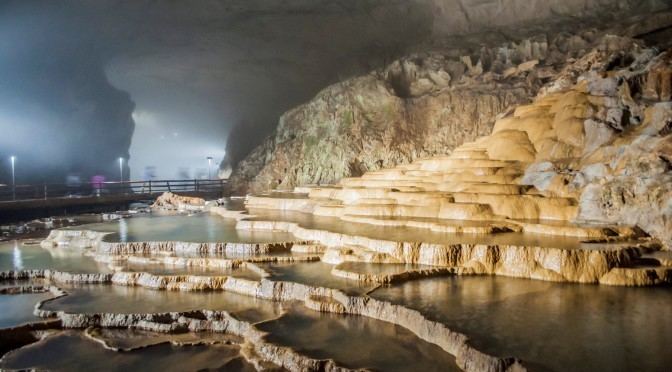Website www2.city.mine.lg.jp Population 25,857 (1 May 2016) Local time Monday 8:52 AM | Area 472.7 km² | |
 | ||
Time zone Japan Standard Time (UTC+9) City hall address Weather 8°C, Wind S at 6 km/h, 90% Humidity Points of interest Akiyoshidai Cave, Safari Land, Akiyoshidai Quasi‑National Park, Sakurayama Park, Ryugomine | ||
Mine (美祢市, Mine-shi) is a city located in Yamaguchi Prefecture, Japan.
Contents
Map of Mine, Yamaguchi Prefecture, Japan
As of May 1, 2016, the city has an estimated population of 25,857 and a population density of 54.70 persons per km². The total area is 472.71 km².
History
The city was founded on March 31, 1954 by a merger of municipalities that departed from Mine District (Mine-gun). The name means "mine city" and stems from the mining activities at the Yamato mine (previously Ofuku mine) during the 20th century.
On March 21, 2008, Mine absorbed the rest of Mine District, which consisted of towns Mitō and Shūhō, while the newly merged city retained the name, Mine.
Attractions
Geology
The plateau consists of uplifted reef limestones of Paleozoic age, which were thickened by overfolding during the Akiyoshidai orogenic movement. Subsequent erosion has created an undulating karst landscape dimpled with many dolines and countless limestone pinnacles up to two meters in height. Beneath the surface lie hundreds of caves, a few of them quite significant geologically.
Numerous fossils of Pleistocene age have been found in these caves, including those of the Japanese rhinoceros, Stegodont elephant, Naumann elephant, Young tiger, and numerous other animals from the last interglacial period.
The area around Akiyoshidai was once heavily forested about 500,000 years ago. In the Jōmon period, the area served as a hunting ground and the bottoms of sinkholes as vegetable fields. Numerous Paleolithic artifacts have been recovered. As farming began in Japan, the local people eventually replaced the forested landscape with Japanese pampas grass for feeding their animals and thatching houses. Repeated cycles of burning the grass have kept trees from growing back since.
